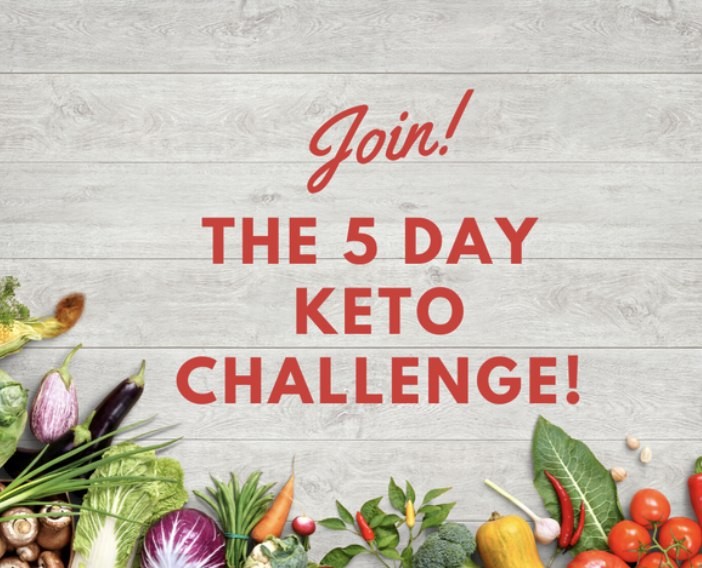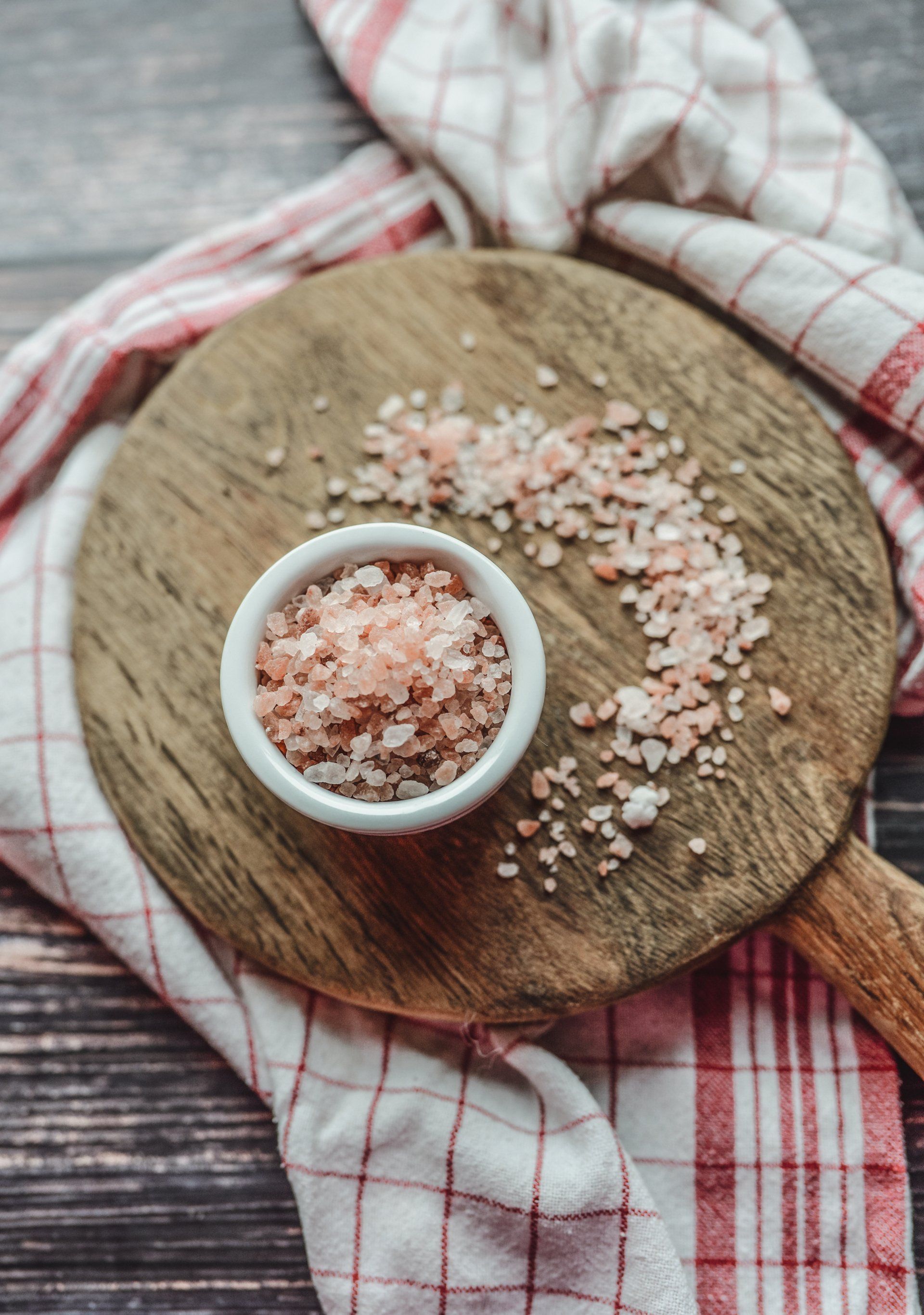How To Make GAPS™ Bone Broth
The Fastest Way To Heal Your Leaky Gut Starts Here...
Let’s Make Bone Broth!
Making broth is a vital skill to master if you want to heal your body. Drinking broth should be a foundational part of your personal self-care practices. It is important to use the highest quality meat and bones from animals (and fish) that lived their whole life in a natural habitat. The best bones come from wild animals. Second best are grass-fed animals.
The nutrient composition of the meat that comes from animals that eat green grass and drink fresh water is completely different from animals that eat grains and are raised in confinement or feedlots where there are many animals living in a small space. The molecular structure of the fat molecules is different, depending on what the animals eat.
If you have a friend in your community who is a hunter or fisherman, you can likely get bones, organs, fat and meat cuts that would otherwise be thrown away. These are the very best for making broth. Most meat is trimmed of fat and the bones and organs are tossed out.
The best bones are bones with some fat on them and a little bit of meat. I like to use shank bones. Shank bones have a smaller bone with some meat around the bone. If you use bones without any meat on them, just add some stew meat into the pot along with the bones. I have found that beef and lamb bones are readily available at my local farmers’ market and at the butcher shop in my town. But you may have to ask because these items are usually not displayed for sale.
If you want to start with a lighter tasting broth, you can use chicken bones, skin, heart, liver, gizzards and feet. If you’ve never made broth before or tasted homemade broth, you might want to consider starting out using chicken thighs with the bone in and skin on. The chickens must be free range and fed no grains, if possible. Chicken broth can be less intimidating and the flavor and smell won’t be quite as strong. Some people find they prefer to cook their broth outside of the house if the smell is too much, while others enjoy the smell of broth cooking in their home.
Helpful Definitions:
- Meat Stock: Mostly liquid with a little bit of meat.
- Broth: Mostly bones with a little bit of meat and organs.
- Consummé:
- Broth or meat stock concentrated (boiled until reduced or condensed).
- Soup: Broth or stock with added meat, eggs, animal fats and vegetables (optional).
What’s In Your Pot
For the most nourishing broth, I suggest using a variety of different animal parts. Whichever type of animal (or fish) you choose, use every part of the animal, especially the organs, fat and skin. Here are some ideas for what to put in your pot.
- Marrow bones
- Knuckle bones
- Oxtail bones
- Animal fat
- Shank bones
- Muscle meat
- Organs (gizzards, heart, liver, testicles, kidney)
- Egg shells
- Whole fish (with heads and fins on)
- Whole chicken
- Chicken feet
Knuckle Or Joint Bones
For maximum healing to occur, it is essential to use every part of the animal. Be sure to use the marrow bones and don’t forget to eat the marrow! This is the medicine within the bone. The animal joints, like the knuckle bones, will have the most cartilage. Using joint bones will ensure you have plenty of collagen in your diet which is high in glycine, an essential amino acid very important for healing your joints and connective tissues. Broth is imperative for anyone with joint pain. Knuckle and joint bones are the ultimate source of collagen.
You cannot restore your body on muscle meat alone. You want to be sure to include the connective tissues and fat in your broth. The fat from the bones (and additional animal fat added to your broth) will ensure you have enough fat in your diet to transport all of the fat soluble vitamins into your cells. You will become very sick if you do not have enough saturated animal fat in your diet, ideally consumed along with the animal protein. Eating lean meat by itself is deadly. This is known as “rabbit starvation” and was a common phenomenon of the early explorers who ate extremely lean meat, usually from the rabbits they trapped. They became very sick and even died because they did not get enough fat in their diet, only lean protein. Humans need animal fat in their diet!
During Lewis and Clark's expedition across North America, it was documented in their journals that their party would always give the lean cuts of meat to the dogs and saved the fattiest meat for themselves. They learned that if they didn’t do this, they became very sick and weak and often the men would die. Also written in their journals was that they followed rivers that contained the fattiest of fish, which they found essential for preventing disease and death of their crew. These fish were called eulachon fish and the route they traveled along became known as the Eulachon Trail.
Focus your attention on using the fattiest parts of the animal and the fattiest cuts of meat. You will learn to use the fat from your broth in many different ways. It is the prized jewel of the broth! Broth made this way should be added to soups, sauces, gravies and stews.
Hundreds of thousands of people have restored their gut function and reversed disease symptoms eating animal protein and broth. Our ancient hunter gatherer ancestors, who ate mostly meat, had no signs of leaky gut. This is not a newfangled idea. It has been around since the beginning of fire on earth. The Hadza tribe in Africa, perhaps the last remaining hunter gatherers left on earth, eat animal protein and organs almost exclusively and live their entire lives completely free of chronic diseases, autoimmunity and cancer.
The PKD (Paleo Ketogenic Diet), Carnivore Diet, and The GAPS™Diet Protocol has been proven in hundreds of thousands of people to be a simple, fast and effective way to heal the gut and restore the health of the body and mind. One of the reasons for this is because these diets all contain no fiber or anti-nutrients found in plants: well known irritants to the human digestive tract. Quite possibly, this may be the simplest, fastest and most effective way to heal your gut.
I’m not saying that you should never eat plants again but I am saying that removing plants will allow the gut to heal more quickly; and caution should be used when adding plants back into your diet.
Personally, I’m a minimalist and I absolutely love the idea that less is more. I eat to feel my best and I have found that less is actually more when it comes to my diet. Simpler is better. Complex recipes can be fun and interesting, but they do require significant time and energy and may not improve the way you feel. It’s perfectly fine to remain on a zero plant diet. This is how our ancestors ate and our body was flawlessly designed to eat this way. Let your body and your intuition help guide you in deciding what is best for you. But get the facts and be sure to challenge all of your beliefs around eating lot's of plants and fiber to be healthy. You might be doing yourself more harm than good. Most of what we've been taught about nutrition is totally wrong and eating lot's of plants and fiber is one of the biggest myths of all.
Healthy Animal Proteins
Animal protein is the main healing agent needed for repairing and strengthening the body. It must be top quality! Buy cage free eggs and chicken, wild meat (if possible), grass-fed land animals and wild caught seafood. Use every part of the animal (nose to tail). Organs are great for broths, too. Here is a list of animal proteins to start with. Never consume animals that have been raised in captivity! They must be wild harvested, grain free, cage free, raised without any hormones, antibiotics or feed containing pesticides.
- Organ meats (liver, heart, kidney, brain, spleen, glands)
- Beef
- Lamb
- Wild Game
- Sardines
- Wild fish
- Anchovies
- Salmon/seafood roe
- Eggs
- Cage free pork
- Cage free poultry
Basic Meat Stock Recipe
5-10 servings (about 1.5 to 2 gallons)
Ingredients
- 1 Pound Muscle Meat
- 6-8 Quarts Spring Water
Advanced Meat Stock Recipe
5-10 servings (about 1.5 to 2 gallons)
Ingredients
- 1 Pound Muscle Meat
- ¼ Pound Animal Fat
- 6-8 Quarts Spring Water
Basic Bone Broth Recipe
5-10 Servings (about 1.5 to 2 gallons)
Ingredients
- 1 Pound Knuckle Bones
- 1 Pound Marrow Bones
- 1 Pound Muscle Meat
- ¼ Pound Animal Fat
- 6-8 Quarts Spring Water (cover contents with 1-2 inches of water)
Advanced Bone Broth Recipe
5-10 Servings (about 1.5 to 2 gallons)
Ingredients
- 1 Pound Knuckle Bones
- 1 Pound Marrow Bones
- 1 Pound Muscle Meat
- ¼ Pound Animal Fat
- 6-8 Quarts Spring Water (cover contents with 1-2 inches of water)
- Organ Meats (liver, heart, kidney, brain, spleen)
Instructions For Making Your Broth
Stovetop:
Rinse bones and place them into a large 6-8 quart cooking container. Cover the contents with 2-3 inches of water. Cover and bring to a boil for 5 minutes. Let cool slightly and then rinse the contents of the pot thoroughly with running water to remove impurities. Refill the pot with spring water or filtered water, covering the contents of the pot with 2-3 inches of water. Bring to a boil and then turn the heat down to the lowest setting and let simmer for 3-5 hours. Be sure to watch the water level! It may boil down over time. Add more water periodically, if necessary.
Crock pot - This is a convenient way to make bone broth or meat stock overnight so you will have it ready in the morning when you get up. To start, rinse the bones and place them into a large 6-8 quart cooking container. Cover and bring to a boil for 5 minutes. Let cool slightly and then rinse the contents of the pot thoroughly with running water to remove impurities. Refill the crock pot with the contents, covering the contents with 2-3 inches of water. Set on low heat for 8-10 hours; or high heat for 4-6 hours.
Pressure cooker or Instant Pot
- Rinse the bones and place them into the Instant Pot. Cover the contents inside the pot with 1-2 inches of water. Simmer uncovered for 5 minutes. Let cool slightly and then rinse the contents of the pot thoroughly with running water to remove impurities. Refill the pot with spring water or filtered water, covering the contents of the pot with 2-3 inches of water. Set Instant Pot for 90 minutes on “pressure cook” or you can cook it overnight on the “slow cook” setting for 8-10 hours.
What To Do When Your Broth Is Done
When your broth is done, remove the large bones. Pull off any meat from the bones and store it for later in the refrigerator. Take out the organ meats, chop them very fine and store them in an airtight container in your refrigerator or freezer for later. You will begin adding these items to your diet. Save the bits of bone marrow, soft tissue and soft fatty bits. These things should be emulsified into your broth with a hand-held immersion blender. Do not strain these soft fatty bits out as they are the medicine for your gut and brain!
Once all of the usable material has been removed from the bones and set aside, strain the broth and use a funnel to add the broth into mason jars. Cover the jars with tight fitting lids and store in the refrigerator.
Unused broth can be stored in a mason jar and left in the refrigerator for up to 2 weeks or in the freezer for up to 6 months. If you choose to freeze your broth, be sure to leave three to four inches of air space between the liquid and the top of the jar to prevent the glass from cracking when it freezes.
You can reuse your bones a second or even third time if you wish, adding more fresh water to your pot and starting the whole process over again using the same bones. I imagine our ancestors had a single pot boiling over a fire for many days. The second batch will be weaker and thinner than the first batch but that is fine. Some people will keep their bones simmering for many days, just adding more water to the pot at the end of each day.
For more flavorful broth you can roast your bones in the oven (425 °F for 20 minutes) until they are golden brown, before boiling them.
If you experience digestive upset after drinking bone broth, dilute your broth with hot water so it’s not so rich. Increase the strength slowly. Start with one quarter cup of broth and add ¾ cup hot water to it, for example. If your body reacts with digestive upset to bone broth, freeze your bone broth and make a fresh batch of meat stock. Meat stock is more easily tolerated. After the gut has had some time to heal, bone broth should be restarted.
For maximum healing, begin incorporating ruminant animal bones, meat and organs into your diet as soon as possible. The good news is, eating this way will completely free you from cravings for habitual foods. It’s incredibly satisfying and very simple.
Enjoy!
Start Producing Ketones In 5 Days

Contact Us
Connect with me on social media...
Linkedin: www.linkedin.com/in/mary-beauchamp-rn
FB Page: https://www.facebook.com/ketogenicdietcoach
YouTube Channel: http://www.youtube.com/c/MaryBeauchampRN
Instagram: https://www.instagram.com/ketogenicdietcoach/
Twitter:
https://twitter.com/ketodietcoach
Mary Beauchamp
Best Selling Author
Registered Nurse
Ketogenic Diet Specialist
GAPS™Certified Practitioner
(Gut and Psychology Syndrome)
Mary Beauchamp’s deepest intention is to set people free. Her mission is to make people aware and conscious so that with that awareness, they can begin to heal and live deeply meaningful, integrated and empowered lives.
Drawing from her experiences growing up on a farm, raising her four children and traveling the world, her work provides a road map for health transformation through unlocking the body’s innate intelligence to heal and thrive.
Mary works with a team of Naturopathic doctors. She offers coaching programs, and retreats. You can learn more about her work by visiting her website, www.ketogenicdietcoach.com. Mary is passionate about re-educating people about nutrition. She invites you to experience your body as a master communication system and facilitates this sacred encounter within.













